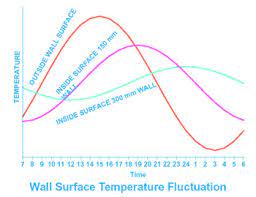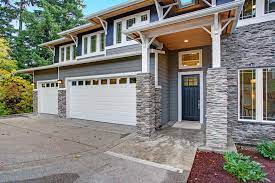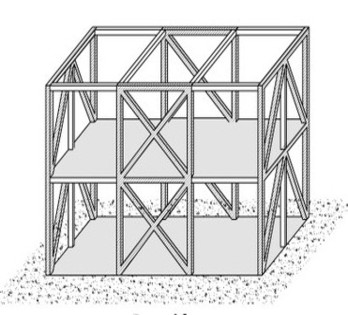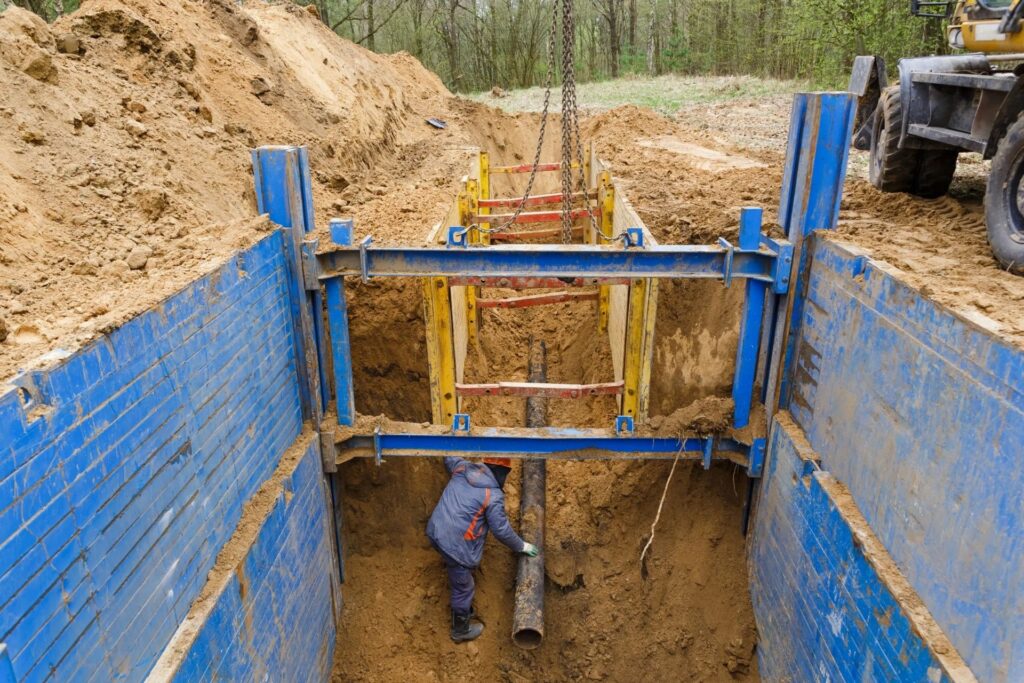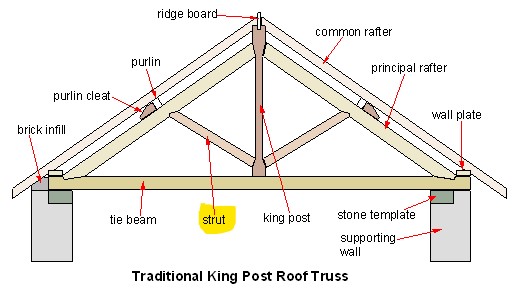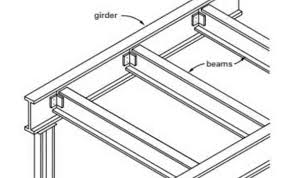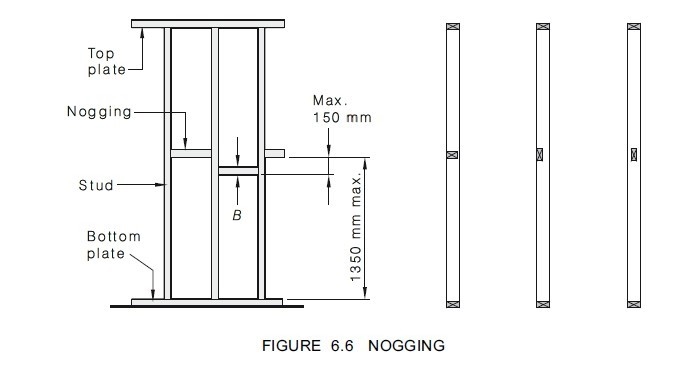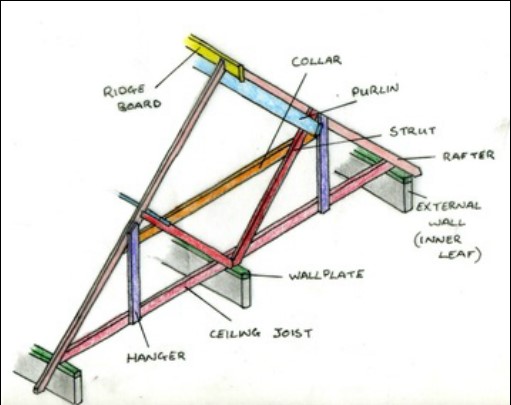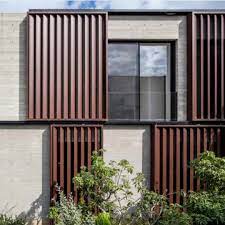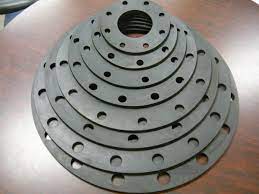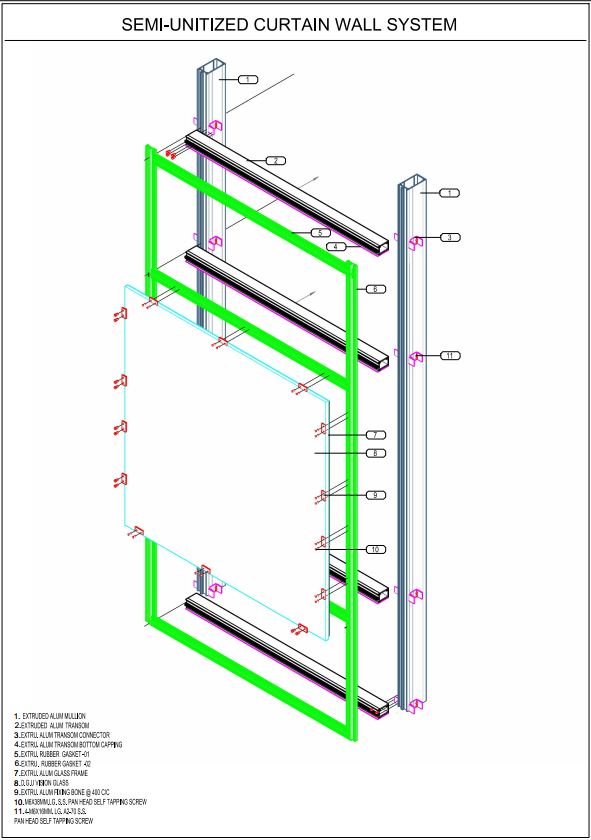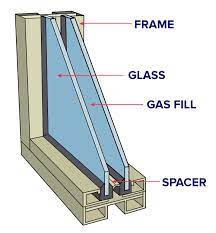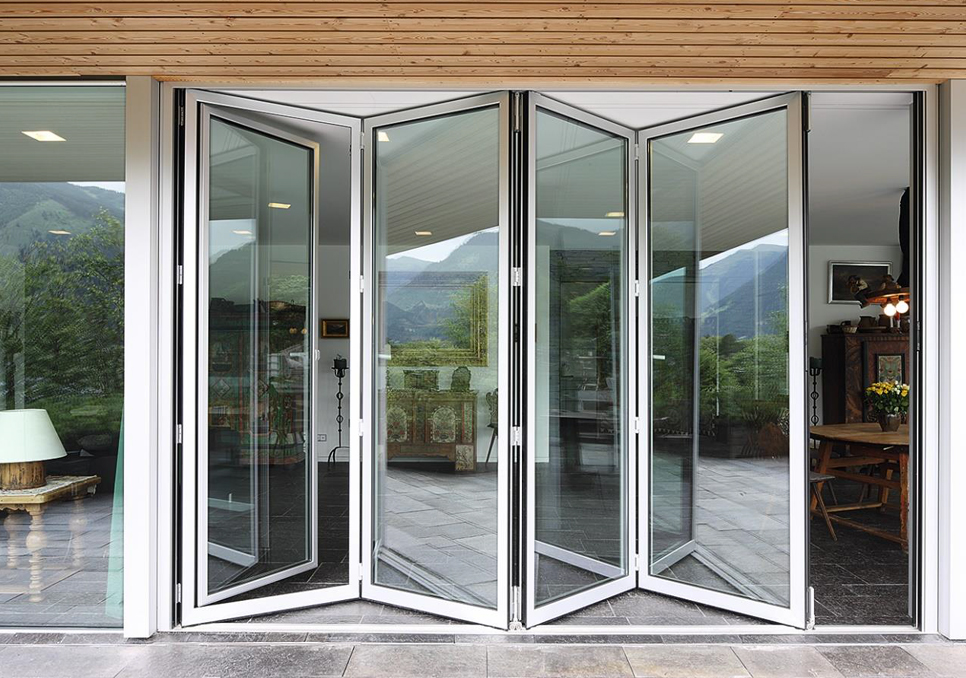Decrement Delay
Decrement Delay
Decrement delay refers to the time it takes for heat to pass through an element of a building such as an external wall or roof. It is the delay in hours between peak temperature of the outer surface of the element on a summer day and the resulting peak temperature of the internal surface.
The reduction in cyclical temperature on the inside surface compared to the outside surface is known as the decrement. Thus, a material with a decrement value of 0.5 which experiences a 20-degree diurnal variation in external surface temperature would experience only a 10-degree variation in internal surface temperature.
This effect is particularly important in the design of buildings in environments with a high diurnal range. In some deserts, for example, the daytime temperature can reach well over 40 degrees. The following night, however, temperatures can fall to below freezing. If materials with a thermal lag of 10-12 hours are carefully used, then the low night-time temperatures will reach the internal surfaces around the middle of the day, cooling the inside air down. Similarly, the high daytime temperatures will reach the internal surfaces late in the evening, heating the inside up.
Related post
Braced Frame
-
by Facade
- Oct 04, 2022
Rainscreen Cladding
-
by Facade
- Oct 04, 2022
Trench support
-
by Facade
- Nov 09, 2022
Scaffolding
-
by Facade
- Nov 09, 2022
Gusset plate
-
by Facade
- Nov 09, 2022
Decrement Delay
-
by Facade
- Nov 17, 2022
Unitized system
-
by Facade
- Dec 14, 2022
Semi unitized system
-
by Facade
- Dec 14, 2022
Insulated Glass
-
by Facade
- Dec 14, 2022
Sliding Windows
-
by Facade
- Dec 14, 2022
